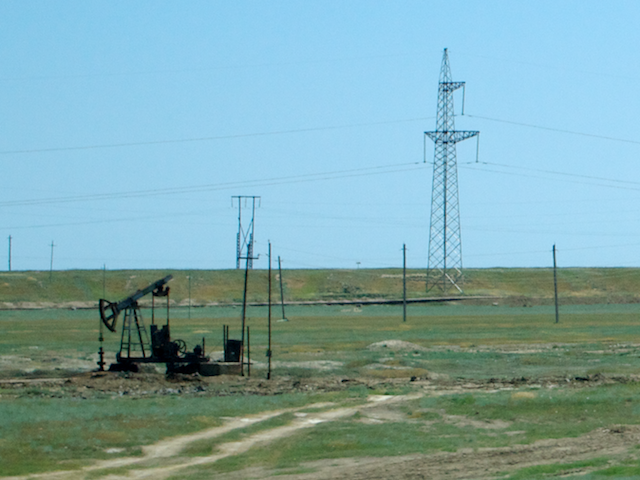3.3. 2: Evaluating Energy Sources
Whatever energy source used, wether a renewable or non-renewable one, each has its own advantages and disadvantages. These can broadly be grouped into economic, environmental and social categories - each of which has different positive and negative impacts depending on the situation in which the energy resource is to be used. Oil and Solar power are given a s examples below.
 Oil
Oil
Advantages:
Extraction technology is well developed
Can be transported relatively cheaply and in large amounts by pipeline and ocean going oil tankers
Large oil reserves still exist
Oil provides more ethan just an energy source - e.g. Plastics
Efficient energy source
Disadvantages:
Most of the worlds oil reserves tend to be where consumption is low and not spread evenly around the planet
Combustion of oil leads to climate change through the release of carbon dioxide
Accidents in extraction and transport can lead to pollution causing habitat destruction
Expense of dealing with pollution
As supply is used up newer supply sources are more difficult to extract due to where they are (Arctic) or the form in which the oil exists (shale tar)
 Solar Power
Solar Power
Advantages:
Sunlight is free
Does not produce green house gases
When used for heating well insulated houses can be cheaper than coal or oil
Can operate on small scale as well as large
Disadvantages:
Only useful were sunlight is plentiful - not very effective during Northern Hemisphere winter
Takes up a lot of space for commercial solar harvesting
Aesthetically problematic in rural areas
Technology still expensive